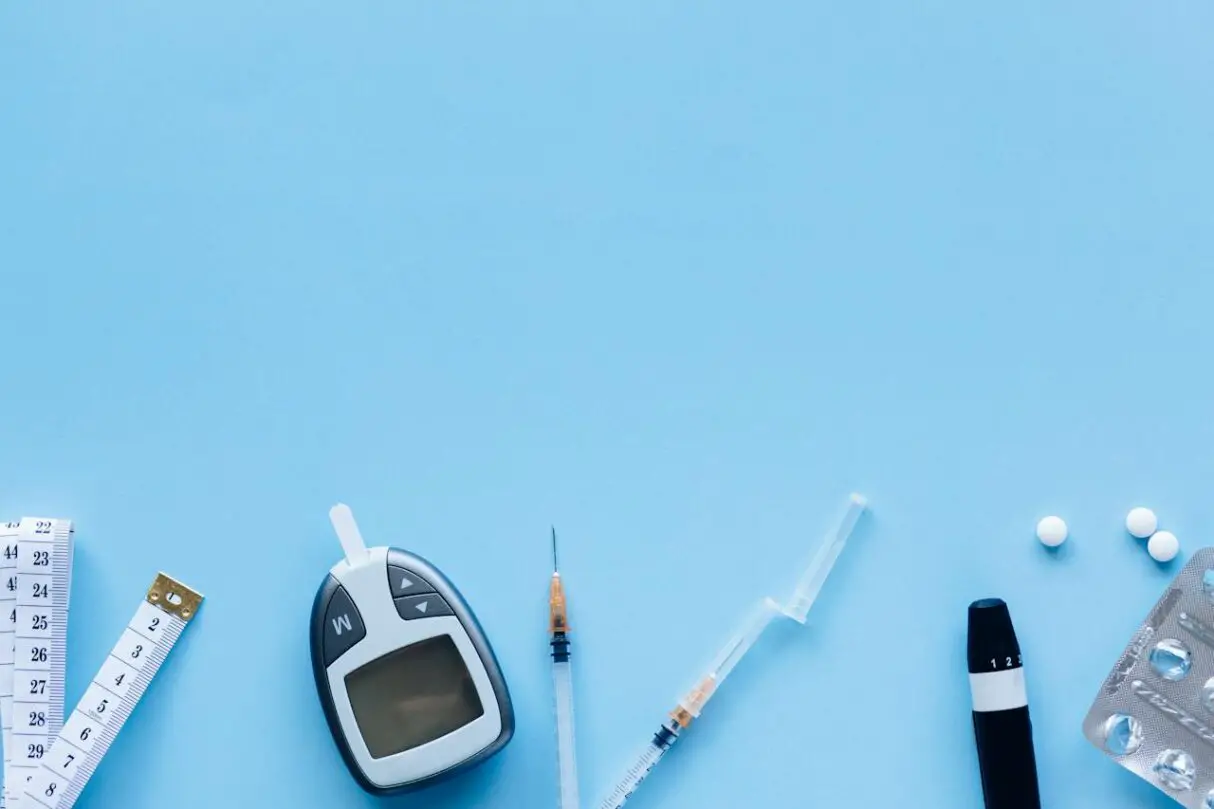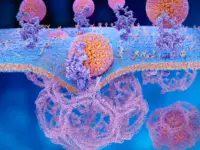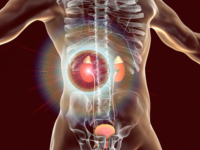
Hormones and enzymes are both essential components of biological systems, playing distinct but crucial roles in the regulation and maintenance of various physiological processes. While they serve different functions, there are some similarities between hormones and enzymes:
- Biological Molecules:
- Both hormones and enzymes are biological molecules.
- Hormones are typically proteins or steroids, while enzymes are primarily proteins.
- Regulation of Biological Processes:
- Both hormones and enzymes play key roles in regulating and controlling various biological processes within the body.
- Specificity:
- Both hormones and enzymes exhibit specificity in their actions.
- Hormones interact with specific target cells or tissues that have receptors for them, leading to specific physiological responses.
- Enzymes catalyze specific chemical reactions, and each enzyme is designed to work on a particular substrate.
- Catalytic Activity:
- Enzymes are known for their catalytic activity, accelerating chemical reactions without being consumed in the process.
- While hormones do not catalyze reactions like enzymes, they often trigger or modulate physiological responses, leading to changes in cellular activities.
- Biological Regulation:
- Both hormones and enzymes are subject to tight biological regulation.
- Hormones are regulated by feedback mechanisms involving the endocrine system, ensuring that their levels are maintained within a specific range.
- Enzyme activity is often regulated through factors such as substrate concentration, pH, temperature, and the presence of regulatory molecules.
- Synthesis and Secretion:
- Hormones are synthesized and secreted by endocrine glands or specific cells in response to various stimuli.
- Enzymes are synthesized within cells and are often released in response to signals or needs for specific biochemical reactions.
- Critical for Homeostasis:
- Both hormones and enzymes contribute to the maintenance of homeostasis within the body by regulating various physiological processes.
- Functional Importance:
- Both hormones and enzymes are essential for normal bodily functions.
- Hormones regulate processes such as growth, metabolism, and reproduction.
- Enzymes facilitate and accelerate biochemical reactions necessary for cellular activities and metabolic pathways.
While hormones and enzymes share these similarities, it’s important to note that they have distinct functions and mechanisms of action. Hormones typically act as chemical messengers that travel through the bloodstream to target cells, while enzymes facilitate specific biochemical reactions within cells or extracellular environments.
What are Hormones?
Hormones are signaling molecules produced by glands in the endocrine system. They function as chemical messengers, traveling through the bloodstream to various tissues and organs to regulate physiological processes and maintain homeostasis in the body. Hormones play a crucial role in coordinating and controlling numerous functions, including growth and development, metabolism, immune responses, mood, and reproductive processes.
Key features of hormones include:
Chemical Nature:
Hormones can be peptides, proteins, steroids, or amino acid derivatives. The chemical structure of hormones determines how they interact with target cells and elicit specific responses.
Secretion:
Hormones are typically secreted by specialized cells or glands in response to specific stimuli. The release of hormones is often regulated by feedback mechanisms that maintain balance within the body.
Transport:
Once released into the bloodstream, hormones travel to target cells or organs. The circulatory system serves as the transport system for hormones, allowing them to reach distant target tissues.
Target Cells:
Hormones exert their effects by binding to specific receptors on the surface or inside target cells. Each hormone has a unique receptor, and the binding of the hormone to its receptor triggers a cellular response.
Regulation:
Hormone levels are tightly regulated to ensure that physiological processes are maintained within a narrow range. Feedback loops involving the endocrine system help regulate hormone production and release.
Types of Hormones:
Hormones are classified into different categories based on their chemical structure:
Peptide and Protein Hormones: Examples include insulin, growth hormone, and oxytocin.
Steroid Hormones: Examples include cortisol, estrogen, and testosterone.
Amino Acid Derivative Hormones: Examples include thyroid hormones (T3 and T4) and catecholamines (epinephrine and norepinephrine).
Duration of Action:
Hormones can have short-term or long-term effects. Some hormones act quickly and have transient effects, while others may influence processes over an extended period.
Feedback Mechanisms:
Hormonal regulation often involves feedback loops. Negative feedback helps maintain stability by inhibiting further hormone production once a certain level is reached. Positive feedback loops may amplify responses in certain situations.
Examples of the physiological roles of hormones include insulin’s regulation of glucose metabolism, thyroid hormones’ control of metabolism and energy balance, and sex hormones’ influence on reproductive processes and secondary sexual characteristics.
The endocrine system, consisting of glands such as the pituitary, thyroid, adrenal, and pancreas, plays a central role in hormone production and regulation. Hormones work in concert with the nervous system to ensure proper communication and coordination of physiological activities throughout the body.
What are Enzymes?
Enzymes are biological molecules that function as catalysts, facilitating and accelerating chemical reactions within living organisms. They are crucial for various cellular processes, playing a fundamental role in metabolism, energy production, and the synthesis and breakdown of biomolecules. Enzymes are highly specific, acting on specific substrates to produce products without being consumed or altered in the process.

Key features of enzymes include:
- Catalytic Activity:
- Enzymes speed up chemical reactions by lowering the activation energy required for the reaction to occur. They do not alter the equilibrium or overall thermodynamics of the reaction.
- Substrate Specificity:
- Each enzyme is specific to a particular substrate or group of structurally related substrates. The substrate is the molecule upon which the enzyme acts.
- Active Site:
- Enzymes have an active site, a region where the substrate binds. The active site is highly specific to the substrate, and the enzyme-substrate interaction is often described as a “lock-and-key” model.
- Enzyme-Substrate Complex:
- When the substrate binds to the enzyme’s active site, it forms an enzyme-substrate complex. This complex undergoes changes in shape and structure, facilitating the chemical reaction.
- Product Formation:
- The enzyme catalyzes the conversion of the substrate into products. After the reaction is complete, the products are released, and the enzyme is free to catalyze another reaction.
- Regulation:
- Enzyme activity is often regulated to ensure that biochemical reactions occur at the right time and in the right amount. Factors such as temperature, pH, and the presence of regulatory molecules can influence enzyme activity.
- Nomenclature:
- Enzymes are typically named based on the type of reaction they catalyze, and their names often end with the suffix “-ase.” For example, the enzyme that catalyzes the breakdown of starch into sugars is called amylase.
- Cofactors and Coenzymes:
- Many enzymes require additional non-protein molecules called cofactors or coenzymes to function properly. Cofactors can be ions or small organic molecules that assist in the catalytic process.
- Specific Pathways:
- Enzymes are involved in specific metabolic pathways, ensuring that complex biochemical processes are carried out in a controlled and efficient manner.
Examples of enzymes include amylase (breaks down carbohydrates), catalase (catalyzes the breakdown of hydrogen peroxide), and DNA polymerase (facilitates DNA replication). Enzymes are critical for the proper functioning of cells and are involved in numerous physiological and biochemical processes necessary for life.
What are the differences between Hormones and Enzymes?
Hormones and enzymes are distinct biological molecules with different functions and roles in the body. Here are some key differences between hormones and enzymes:
- Function:
- Hormones: Act as chemical messengers that regulate physiological processes and maintain homeostasis by signaling target cells or organs. They control functions such as growth, metabolism, and reproduction.
- Enzymes: Act as catalysts, facilitating and accelerating chemical reactions within living organisms. They participate in metabolic pathways, helping to build or break down molecules.
- Nature:
- Hormones: Typically proteins, peptides, steroids, or amino acid derivatives. They are produced by endocrine glands and released into the bloodstream to reach target cells.
- Enzymes: Proteins, composed of amino acids. They are synthesized within cells and function as catalysts for specific biochemical reactions.
- Action Site:
- Hormones: Act on target cells or organs by binding to specific receptors. They exert their effects over a distance, often through the bloodstream.
- Enzymes: Act on specific substrates in close proximity. The enzyme-substrate interaction occurs at the active site of the enzyme.
- Consumption:
- Hormones: Not consumed or altered during the signaling process. They may be broken down or eliminated from the body after exerting their effects.
- Enzymes: Not consumed or changed in the reaction. They can be reused for catalyzing multiple reactions.
- Specificity:
- Hormones: Exhibit specificity for their target cells or organs, binding to receptors that recognize them.
- Enzymes: Exhibit specificity for their substrates, catalyzing specific chemical reactions.
- Regulation:
- Hormones: Regulation involves feedback mechanisms to maintain hormone levels within a specific range. Secretion is controlled by signals from the nervous system or other regulatory factors.
- Enzymes: Regulation involves factors such as temperature, pH, and the presence of cofactors or coenzymes. Enzyme activity is adjusted to meet the needs of the cell or organism.
- Duration of Action:
- Hormones: Can have both short-term and long-term effects, depending on the type of hormone and its mechanism of action.
- Enzymes: Act transiently during the catalytic reaction and can be involved in rapid, short-term processes.
- Examples:
- Hormones: Insulin, cortisol, adrenaline, estrogen, testosterone.
- Enzymes: Amylase, catalase, DNA polymerase, ribonuclease.
While hormones and enzymes serve different functions, they work together in many physiological processes to maintain the overall health and functioning of the organism. The coordination between hormonal signaling and enzymatic reactions is crucial for the proper regulation of biological activities.
Table summarizing the similarities and differences between Hormones and Enzymes
Here’s a table summarizing the similarities and differences between hormones and enzymes:
| Feature | Hormones | Enzymes |
|---|---|---|
| Function | Regulate physiological processes by signaling target cells or organs | Facilitate and accelerate chemical reactions within living organisms |
| Nature | Proteins, peptides, steroids, or amino acid derivatives | Proteins, composed of amino acids |
| Action Site | Act on target cells or organs by binding to specific receptors | Act on specific substrates at the active site |
| Consumption | Not consumed or altered during the signaling process | Not consumed or changed in the reaction; can be reused |
| Specificity | Exhibit specificity for target cells or organs | Exhibit specificity for substrates in reactions |
| Regulation | Involves feedback mechanisms to maintain hormone levels | Involves factors like temperature, pH, cofactors, and coenzymes |
| Duration of Action | Can have both short-term and long-term effects | Act transiently during the catalytic reaction |
| Examples | Insulin, cortisol, adrenaline, estrogen, testosterone | Amylase, catalase, DNA polymerase, ribonuclease |
This table provides a concise overview of the key similarities and differences between hormones and enzymes.
Summary of Similarities Between hormones and enzymes
Here is a summary of the similarities between hormones and enzymes:
- Biological Molecules:
- Both hormones and enzymes are biological molecules crucial for the proper functioning of living organisms.
- Regulation:
- Hormones and enzymes are subject to tight regulation within the body. Hormones are regulated through feedback mechanisms, while enzyme activity is influenced by factors such as temperature, pH, and the presence of cofactors.
- Specificity:
- Both hormones and enzymes exhibit specificity in their actions. Hormones bind to specific receptors on target cells, while enzymes catalyze specific biochemical reactions with particular substrates.
- Target Cells:
- Hormones and enzymes both interact with target cells or substrates to exert their effects. Hormones bind to receptors on target cells, initiating a response, while enzymes interact with specific substrates in chemical reactions.
- Biological Regulation:
- Both hormones and enzymes play a role in maintaining homeostasis within the body by regulating various physiological processes.
- Synthesis and Secretion:
- Hormones are synthesized and secreted by glands in response to specific stimuli, and enzymes are synthesized within cells for their role in catalyzing reactions.
- Critical for Homeostasis:
- Hormones and enzymes contribute to the maintenance of homeostasis, ensuring that cellular and physiological processes are balanced and operate within a specific range.
While hormones and enzymes have distinct functions, these shared features highlight their importance in orchestrating and regulating the complex biochemical and physiological processes that sustain life.
Here are some frequently asked questions (FAQs) related to Hormones and Enzymes
Hormones:
- What are hormones?
- Hormones are chemical messengers produced by glands in the endocrine system. They regulate various physiological processes by signaling target cells or organs.
- How do hormones work?
- Hormones work by binding to specific receptors on target cells, triggering a cellular response. They are typically released into the bloodstream and act on distant cells.
- What are the main types of hormones?
- The main types of hormones include peptide and protein hormones (e.g., insulin), steroid hormones (e.g., estrogen, testosterone), and amino acid derivative hormones (e.g., thyroid hormones).
- How are hormone levels regulated in the body?
- Hormone levels are regulated through feedback mechanisms. Negative feedback loops help maintain hormone levels within a specific range by inhibiting further hormone production once a certain level is reached.
- What is the role of the endocrine system in hormone regulation?
- The endocrine system consists of glands that produce and release hormones. It plays a central role in maintaining homeostasis by regulating various physiological functions.
Enzymes:
- What are enzymes?
- Enzymes are biological molecules that act as catalysts, accelerating chemical reactions within living organisms without being consumed in the process.
- How do enzymes function?
- Enzymes function by binding to specific substrates at their active sites, facilitating the conversion of substrates into products. They play a crucial role in metabolic pathways.
- What determines the specificity of enzymes?
- Enzyme specificity is determined by the three-dimensional structure of the enzyme’s active site, which is complementary to the structure of its specific substrate.
- How are enzyme activities regulated?
- Enzyme activities are regulated by factors such as temperature, pH, substrate concentration, and the presence of cofactors or coenzymes.
- Can enzymes be reused?
- Yes, enzymes can be reused for catalyzing multiple reactions. They are not consumed or altered during the reaction.
General:
- How do hormones and enzymes work together in the body?
- Hormones and enzymes often work together to regulate physiological processes. Hormones may influence the expression or activity of enzymes, and enzymes may participate in reactions triggered by hormonal signals.
- What happens if there is an imbalance in hormone levels or enzyme activity?
- Imbalances in hormone levels or enzyme activity can lead to disruptions in physiological processes and contribute to various health conditions. Hormonal disorders and enzyme deficiencies are examples of such imbalances.
- What role do hormones and enzymes play in metabolism?
- Hormones regulate metabolic processes, and enzymes catalyze the biochemical reactions involved in metabolism. Together, they ensure the proper utilization and transformation of nutrients within the body.
- How can hormonal disorders or enzyme deficiencies be treated?
- Treatment for hormonal disorders may involve hormone replacement therapy, while enzyme deficiencies may be managed through dietary changes, enzyme replacement therapy, or other targeted interventions.
These FAQs cover a range of topics related to hormones and enzymes, providing a broad understanding of their roles and functions in the body.
References
- Miles Campbell; Ishwarlal Jialal (2022): Physiology, Endocrine Hormones. StatPearls Publishing
- Anthony W. Norman and Gerald Litwack, (1987): Hormones. Elsevier Inc
- Trevor Palmer and Philip L. Bonner, (2007): Enzymes Biochemistry, Biotechnology, Clinical Chemistry. Woodhead Publishing











Leave a Reply